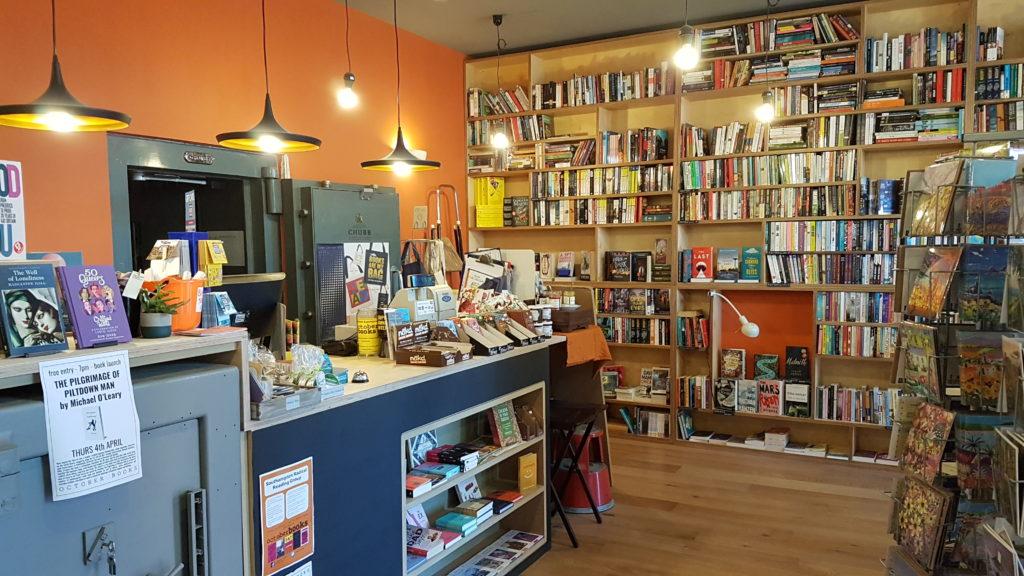Recently I was invited to take part in the MESH energy webinar series where I talked about the benefits of upgrading and repurposing existing buildings. At a time where the conversation around the environment and climate change is happening across society as a whole, I am always surprised that the design sector is not discussing this issue in more detail and facing it head on with positive solutions.
We have been working on several varied projects that are reusing a current building. Just by looking at the statistics from Historic England, it is astonishing how damaging it is to build a new building when there is an alternative and environmentally better solution.
‘Compared to a refurbishing a traditional Victorian terrace, a new building of the same size produces up to 13 times more embodied carbon. This equates to around 16.4 tonnes of CO2 which is the equivalent of the emissions released by driving 60,000km’
The design approach to repurposing a building is quite different, each project will bring its own challenges and a successful refurbishment is able to turn these into opportunities. Within our ‘October Books’ project, which has repurposed an old high street bank into a community book store, it was not possible to remove the old walk in vault from the building so this was integrated into the interior design and is now used as the storage room with the old door kept in place as a feature behind the service counter.
Our St Margaret’s church project in Southsea, Portsmouth, is nearing completion of Phase 1 of their refurbishment, thermal upgrade, extension and repurpose to deliver a church that could meet the needs of its congregation. The building had no central heating installed, to retrofit this we decided the best solution was an air sourced heat pump and trench underfloor heating, laid in zones across the building. This solution gave us full flexibility across the floor space which was essential for this building. In keeping with the need for internal flexibility we have designed ‘mean-while’ solutions such as seating, screens and even a café on wheels, this allows the interior of the church to be configured and used as the community needs, with future proofing the design and also reducing the costs.
As we had to remove the old parquet flooring, to allow for the underfloor heating and a polished concrete floor, we were delighted that we were able to repurpose it and sell it on. Not only is this environmentally positive but it also raised much needed funds for the church building project.
In each project we believe the key to success has been achieved through two way communications, through deep listening we are able to really understand what people are saying which often unlocks the potential to a space.
The full webinar can be viewed here
‘If you help one person, you help humanity’ Ai Weiwei
